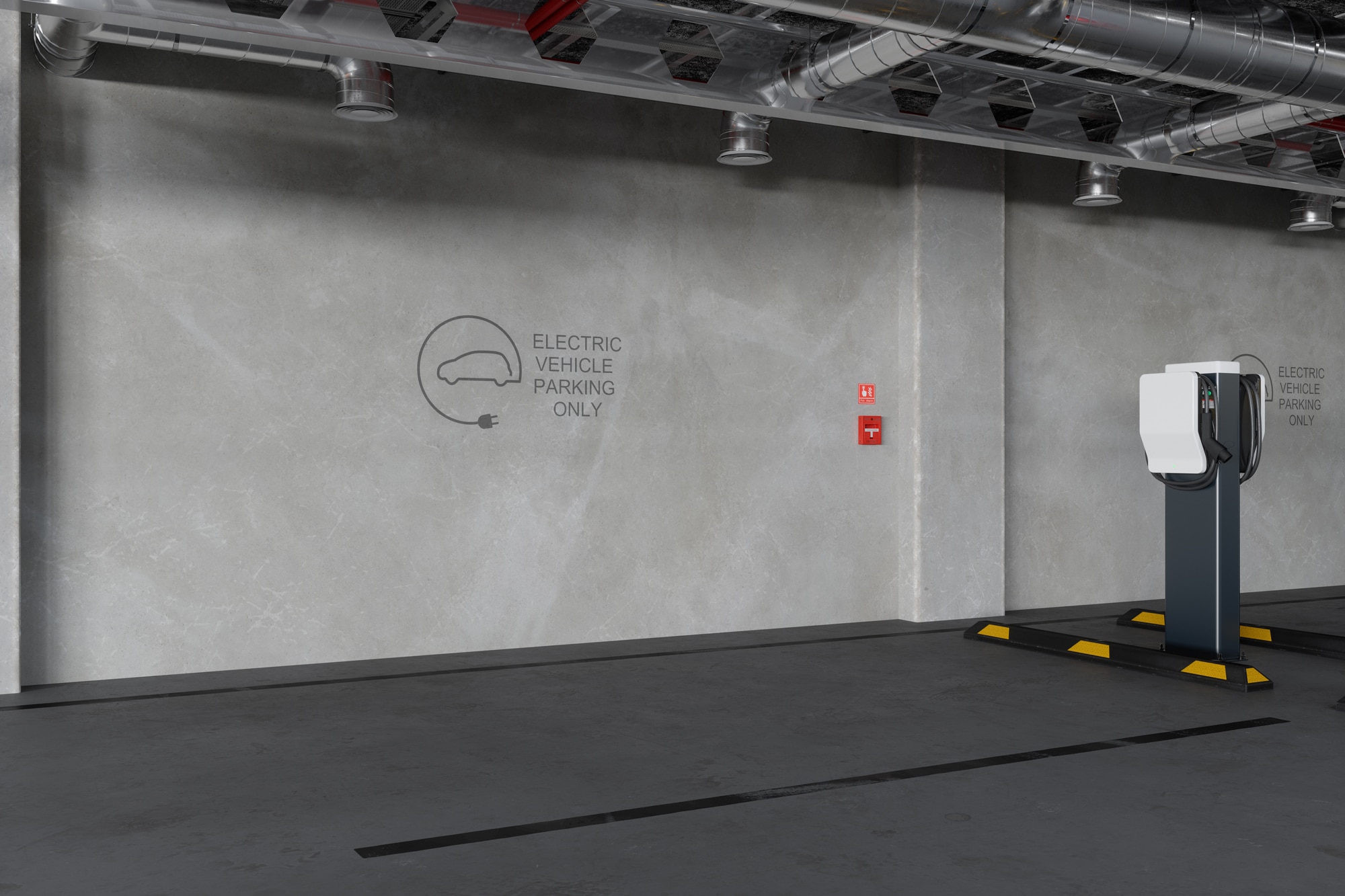Yes, You Can Own an EV Even If You Can't Charge at Home
Owning an EV without your own place to charge is possible, but you may pay for it with time or money.
 Getty Images
Getty Images
In an ideal world, you’d follow the purchase of your new electric vehicle by spending a grand or two to have a 240V EV charger installed where you park your car at night. Your home would become your refueling station, and your electric car would quietly and affordably recharge while you sleep.
For many would-be electric vehicle drivers, though, that second step isn’t realistic, either due to cost, or their house’s wiring, or the fact that they rent rather than own a home. A recent Morning Consult survey found that 78% of American vehicle owners don’t have access to EV charging at home. Is it possible to own an EV when you don’t have a place at home to charge it? The short answer is yes. The slightly longer answer is yes, but…
Can You Charge an EV off a Standard Outlet?
I once owned a 2016 Volkswagen e-Golf with a mere 83 mile range while renting an apartment without a place to charge. The parking lot was far enough away from an outlet that I couldn’t run the included charging cable to the car—the simplest solution there is. If you’re renting and your building has a nearby exterior 120V wall outlet, make use of it. It won’t be a quick charge—your car will likely recoup between two and five miles of range per hour—but considering that 95% of Americans’ trips are 30 miles or less, an overnight charge is probably enough to get you to and from work.
Is there EV Charging Where You Work?
If that’s not an option for you, there are still ways to make EV ownership work. You’ll just need to be proactive and resourceful. According to the Department of Energy, as of the first quarter of 2021, there were 9,894 charging ports at workplaces in the U.S., making up about 10% of the country’s charging infrastructure. I was lucky enough to work at a place with multiple plugs and made the office my de facto home charging base.
Whether this will work for you depends on how many charging ports your office has and how many of your coworkers drive EVs. Can you count on plugging in any time you’re there? Or will you have to go in early or snipe a station when your coworkers go out for lunch?
The Price of Public EV Charging Varies Widely
The majority of workplaces with stations provide free charging for their employees. I, however, had to pay for it. My e-Golf regularly needed two 16.8 kWh charges per week, which cost me an average of $2.35 each time. That works out to be about $0.14 per kilowatt-hour—cheaper than the cost of electricity at my apartment. Then again, you could end up paying a premium for juice, depending on where and how quickly you need to charge. Electrify America prices electricity at $0.41 per kilowatt-hour at many of its fast-charging stations. These units can replenish hundreds of miles of range in less than 20 minutes for some EVs, but using them regularly makes an electric car just as expensive to refuel as a gas car.
If your workplace doesn’t offer electric-car charging, there’s still hope for you yet. Find out what sort of charging infrastructure is in place around you. You can find this information on the DOE website as well as through several apps. I relied on
In my most desperate hours, I would visit one of three 240V public charging stations within a mile of my house. Each was located in a parking facility charging $1.75 an hour or $7 for the day. To restore a dead battery to full power, then, I’d have to leave my car there for at least four hours and, therefore, pay the full day rate.
Cold Weather Makes Charging More Difficult
If you’re in a cold climate, this becomes more challenging. AAA estimates that, in temperatures below 20 degrees, EVs with the HVAC system running lose on average 41% of their range, so you’ll need to make more trips to the plug. Moreover, in winter, I found that the Level 2 stations near my house struggled to replicate the 20 miles of range per hour charge rate they delivered in warmer temperatures. So not only did my e-Golf need more time to charge, but I had to walk back and forth to the station more frequently in the cold.
Things are getting easier, though. As charging infrastructure expands and as battery technology evolves, EV owners will have more places to plug in and less frequent charging needs than I did with my 83 mile Volkswagen.
Written by humans.
Edited by humans.
 Austin Lindberg
Austin LindbergAustin Lindberg has spent the past 15 years working in journalism as a reporter and an editor covering the automotive industry, motorsports, and soccer for publications in the U.S. and the U.K. He is an EV owner with a keen interest in electrification and green tech.
Related articles
View more related articles